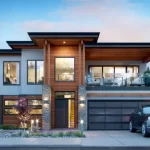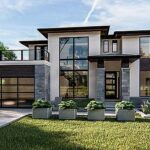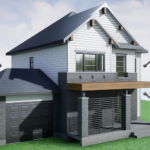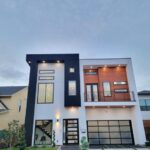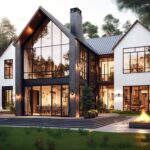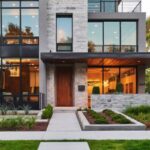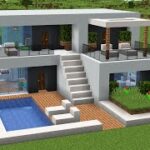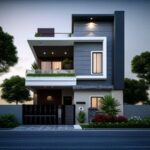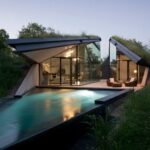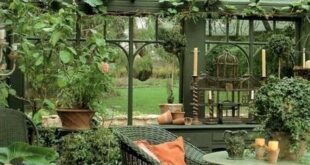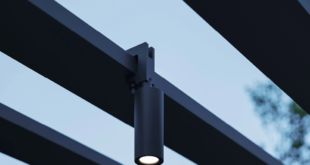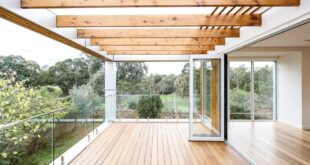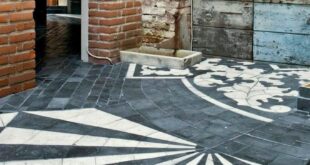As society progresses, so too does the design and architecture of our homes. From traditional styles to cutting-edge innovations, the evolution of modern house design has been a fascinating journey that highlights the trends and innovations that shape the way we live today.
One of the most significant trends in modern house design is the move towards sustainability and eco-friendliness. With growing concerns about climate change and environmental degradation, many homeowners are opting for green building materials, energy-efficient appliances, and passive solar design to reduce their carbon footprint and energy consumption. These sustainable features not only benefit the environment but also result in lower utility bills for homeowners.
Another trend in modern house design is the emphasis on open floor plans and outdoor living spaces. Gone are the days of formal, closed-off rooms; today’s homeowners are opting for spacious, interconnected living areas that promote socialization and family togetherness. Large windows, sliding glass doors, and outdoor patios are becoming increasingly popular, blurring the lines between indoor and outdoor spaces and allowing for seamless transitions between the two.
In terms of aesthetics, minimalism and simplicity have become dominant themes in modern house design. Clean lines, neutral color palettes, and uncluttered spaces create a sense of calm and tranquility in the home. Scandinavian and Japanese design influences have played a significant role in shaping this minimalist approach, with their focus on functionality, natural materials, and understated elegance.
Technological advancements have also revolutionized modern house design, with smart home technology becoming increasingly integrated into our daily lives. From automated lighting and thermostats to security systems and entertainment centers, homeowners now have the ability to control and monitor their homes from anywhere in the world with just the touch of a button. This level of connectivity and convenience has redefined the way we interact with our living spaces and has made our homes more efficient and comfortable.
Innovative materials and construction techniques have also played a role in the evolution of modern house design. From prefabricated homes to 3D-printed houses, architects and builders are pushing the boundaries of what is possible in terms of construction and design. Sustainable materials such as reclaimed wood, recycled glass, and bamboo are being used to create striking and environmentally friendly homes that stand out from the traditional brick and mortar structures of the past.
In conclusion, the evolution of modern house design has been a dynamic and ever-changing process that reflects the shifting needs and preferences of homeowners in today’s world. Sustainability, openness, simplicity, technology, and innovation are key trends that have shaped the way we live and interact with our living spaces. As we look towards the future, it will be exciting to see how these trends continue to evolve and influence the way we design and build our homes.

